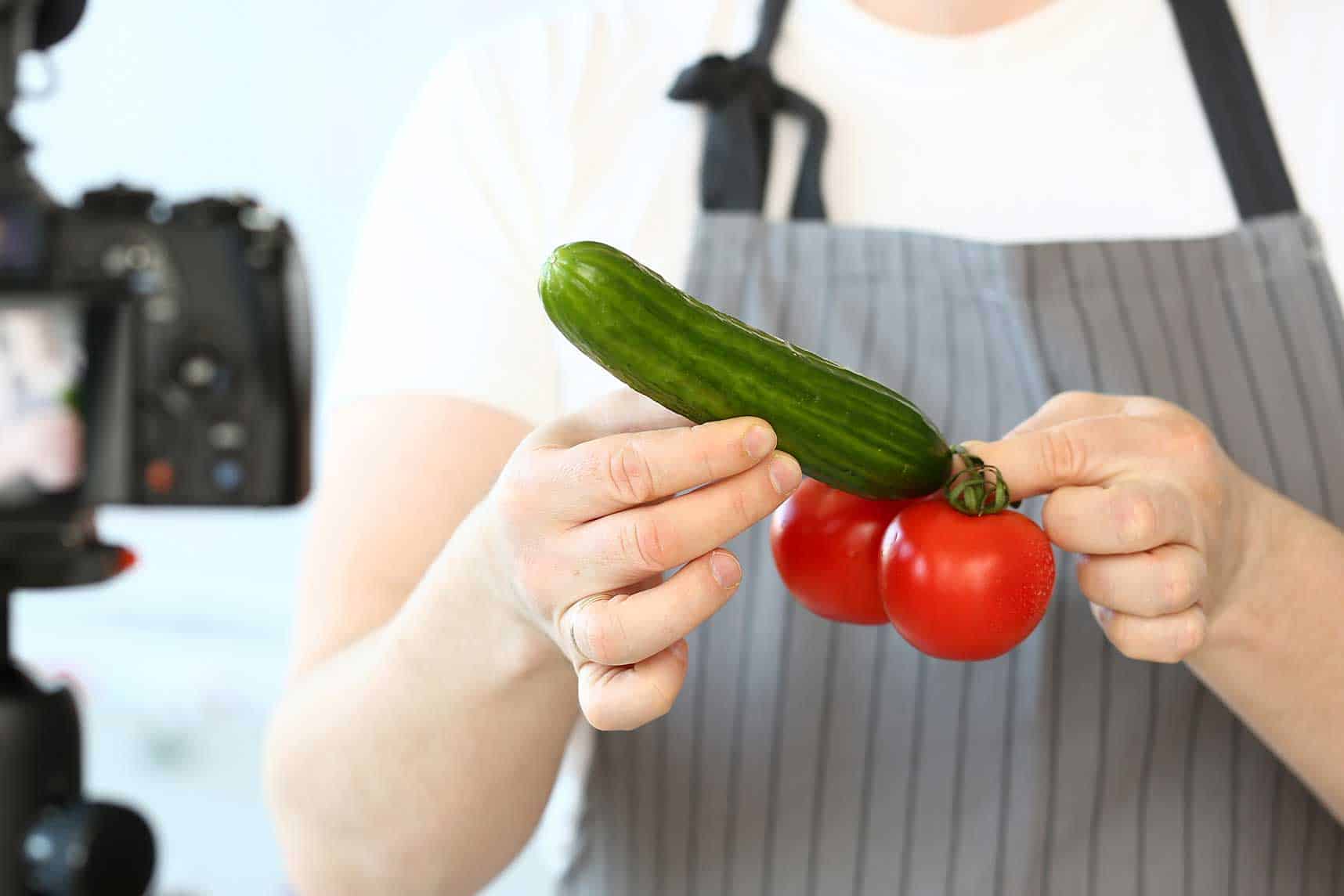
Have you ever been on a date with a woman and wondered how to tell if she is turned on by your behavior or conversation? It’s a question that has puzzled many, especially men, and the answers may not be as straightforward as you think.
A detailed focus group study examined the factors that affect sexual arousal in women, and, if you’re truly interested in understanding how to sexually please a woman, the results are worth looking at.
In this article, we will explore the cues for sexual arousal, the relationship between sexual arousal and sexual interest, and factors that can enhance or inhibit sexual arousal in women.
Whether you’re looking to increase your own arousal, better understand your partner’s or simply want to know if she wants to have sex, this guide should help you get more from your sexual escapades 😉
We’ve done the homework
See our picks for the best sites of 2023
😈 Best Hookup Sites
🎥 Best Adult Webcams
⛓️ Best BDSM Dating Sites
🧍♀️🧍🧍♀️ Best Threesome Sites
🤐 Best For Discreet Affairs
Cues for How To Tell If She Is Turn On
When it comes to cues for sexual arousal, women described a wide range of physical, cognitive/emotional, and behavioral indicators. As man wanting to know how to make a woman cum easily, I can’t stress enough how important understanding these cues are.
Physical changes such as genital tingling, warmth, fullness, and lubrication were commonly mentioned.
Non-genital physical changes included increased heart rate, nipple hardening, increased skin sensitivity, and changes in temperature.
Cognitive/emotional cues included distraction, anticipation, nervousness, and a heightened sense of awareness. Behavioral indicators like sighing and moaning were also mentioned.
Interestingly, women reported that lubrication, or “getting wet,” does not always coincide with arousal. They explained that feeling aroused and being lubricated do not always happen at the same time.
Some women mentioned that getting wet may even come later in the arousal process.
The Takeaway
Sexual Arousal and Sexual Interest
The relationship between sexual arousal and sexual interest can be complex. Many women in the focus groups described difficulty in differentiating between the two.
This is no mystery to men and it’s the prime reason why it’s so hard to tell if she is turned on or not really into in.
Some participants mentioned that their arousal and interest tend to blur together, making it challenging to separate the two experiences. Others mentioned that arousal can either precede or follow interest.
Interestingly, women also discussed the possibility of experiencing arousal without any accompanying interest. Some participants mentioned situations where they may feel aroused without necessarily feeling sexually interested.
The Takeaway
Factors that Enhance or Inhibit Arousal
Several factors were identified by women as enhancers or inhibitors of sexual arousal. These factors can differ from person to person and can be influenced by various contextual factors.
Let’s explore some of the most commonly mentioned factors:
Feelings about One’s Body
Feeling comfortable and positive about one’s body was frequently mentioned as a factor that facilitates sexual arousal. When women feel good about themselves, their hair, their appearance, it becomes easier for them to feel aroused.
Confidence and a positive self-image were also seen as enhancers of arousal.
It is worth noting that a partner’s acceptance of one’s body was also raised as an important factor. Feeling accepted by a partner and having them appreciate one’s body can greatly enhance arousal. On the contrary, feeling criticized or judged by a partner can be a powerful turn-off.
The Takeaway
Concern about Reputation
Many women, particularly in younger age groups, indicated that concerns about their reputation had a negative impact on their sexual arousal. Fear of judgment, gossip, or damaging their reputation can create anxiety and inhibit arousal.
This concern was often described as a “double standard” where women felt they had more to worry about compared to men.
The Takeaway
“Putting on the Brakes”
In the focus groups, many women discussed the concept of “putting on the brakes” to stop themselves from being sexually aroused. Various reasons were mentioned, including being in a current relationship, concerns about reputation, lack of trust/safety, or being with an inappropriate partner.
Women emphasized that it was their responsibility to regulate their arousal, rather than relying on their male partners.
The Takeaway
Unwanted Pregnancy/Contraception
The fear of unwanted pregnancy was also described as a significant inhibitor of sexual arousal. Concerns about contraception and the potential consequences of unprotected sex can greatly impact a woman’s ability to become aroused.
It was noted that when a partner shared these concerns and express genuine desire to practice safer sex, it alleviated the anxiety and enhanced arousal.
The Takeaway
Feeling Desired vs. Feeling Used by Partner
Feeling desired and appreciated by a partner was consistently mentioned as a major enhancer of sexual arousal. Women expressed that when their partners verbally and physically appreciated their bodies, it significantly increased their arousal.
On the other hand, feeling used or objectified by a partner was described as a powerful turn-off.
The Takeaway
Feeling “Accepted” by Partner
In addition to feeling desired, feeling accepted by a partner was highlighted as a crucial factor for arousal. Women emphasized the importance of their partner accepting their sexual responses and needs, whether it be talking about sex in conversation or while getting it on in the bedroom.
Feeling comfortable to express themselves without fear of criticism or judgment greatly enhanced their ability to become aroused.
The Takeaway
Style of Approach and Timing
The way a partner approaches and initiates sexual activity can also have a significant impact on a woman’s arousal. Women expressed that being surprised or gently overpowered by a partner could be highly arousing.
However, a polite or overly direct approach, where a partner explicitly asks for sex, was generally seen as a turn-off.
Taking time for foreplay, being attentive to a woman’s needs, and creating a balanced, reciprocal sexual experience were all mentioned as enhancers of arousal and increased the chances of having an orgasm.
The Takeaway
Negative Mood
The relationship between negative mood and sexual arousal is complex and varies from person to person. Some women mentioned that anxiety or stress could actually heighten their arousal, while others described feeling less interested in sex during negative mood states.
Depression and anger were more consistently associated with decreased sexual arousal.
The Takeaway
Final Thoughts
Understanding what turns women on is a complex and individual experience. But having a better grasp on how to tell if she is turned on can undoubtedly lead to more female orgasms.
Cues for sexual arousal can vary from physical to emotional and behavioral indicators.
The relationship between sexual arousal and sexual interest can be interwoven or exist independently. Factors that enhance or inhibit arousal can range from body confidence and feeling desired to concerns about reputation and negative mood states.
In other words…women are complicated.
Respecting individual differences and engaging in open communication with your partner can greatly enhance sexual experiences. Remember, every woman is unique, and it is essential to create a safe and accepting environment where arousal can flourish.











